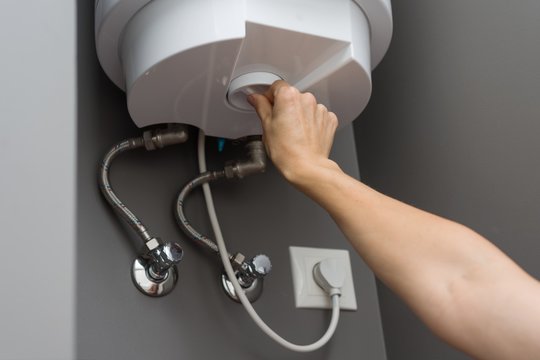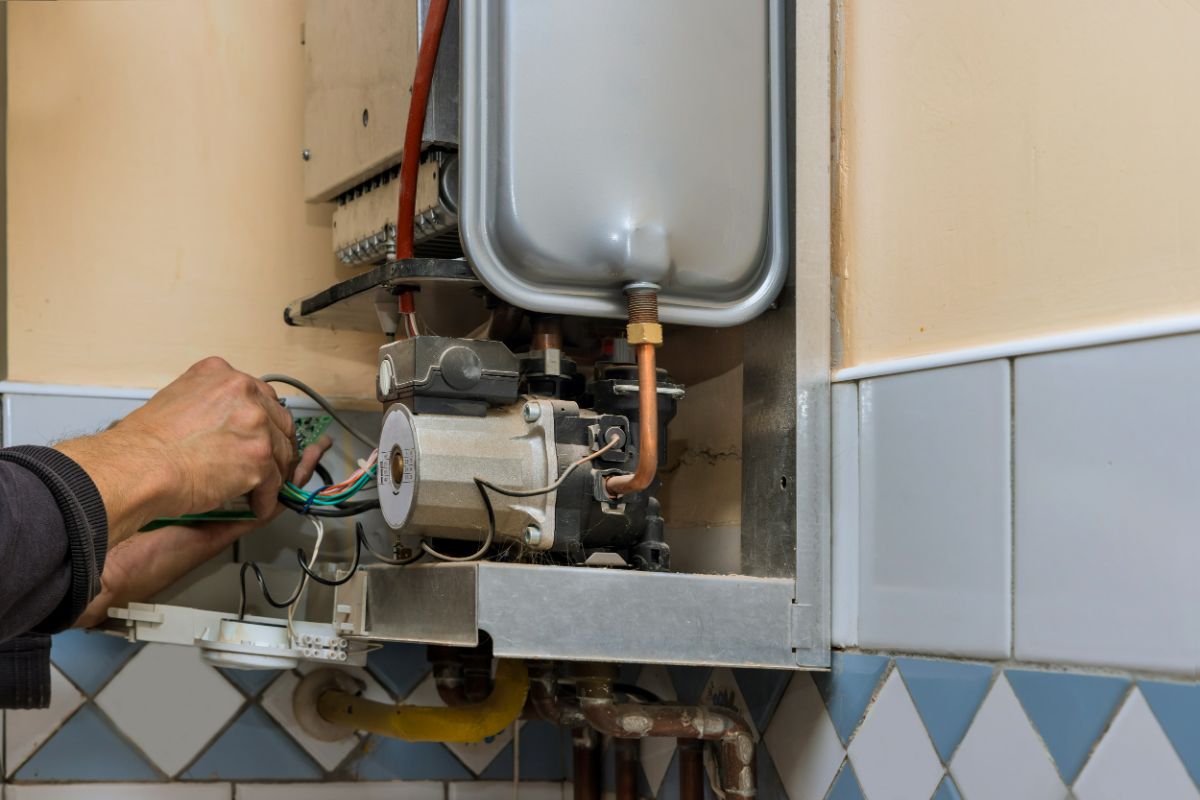Best Practices for Maintaining Your Home's Hot Water System
Best Practices for Maintaining Your Home's Hot Water System
Blog Article
Were you interested in resources concerning Tips on Maintaining a Water Heater?

Warm water is vital for daily comfort, whether it's for a revitalizing shower or cleaning dishes. To guarantee your hot water system runs successfully and lasts longer, routine maintenance is crucial. This write-up gives functional pointers and understandings on exactly how to maintain your home's warm water system to avoid disturbances and costly repair work.
Intro
Maintaining your home's hot water system could appear daunting, however with a couple of simple steps, you can guarantee it runs efficiently for years to come. This guide covers whatever from comprehending your warm water system to do it yourself maintenance suggestions and understanding when to contact specialist aid.
Importance of Preserving Your Hot Water System
Routine upkeep not only expands the lifespan of your hot water system however also ensures it runs efficiently. Ignoring maintenance can bring about decreased efficiency, higher energy expenses, and even early failing of the system.
Indicators Your Hot Water System Requirements Maintenance
Understanding when your hot water system requires interest can stop significant problems. Keep an eye out for indications such as irregular water temperature, strange noises from the heater, or rusty water.
Flushing the Water Heater
Flushing your water heater removes debris accumulation, enhancing effectiveness and extending its life.
Checking and Replacing Anode Rods
Anode poles protect against corrosion inside the tank. Inspecting and changing them when broken is critical.
Facility Concerns Needing Professional Aid
Instances consist of major leaks, electrical troubles, or if your water heater is constantly underperforming.
Routine Professional Upkeep Conveniences
Expert maintenance can include complete inspections, tune-ups, and making sure compliance with safety criteria.
Evaluating and Changing Temperature Setups
Changing the temperature level setups guarantees optimal efficiency and security.
Do It Yourself Tips for Upkeep
You can do a number of upkeep tasks yourself to maintain your hot water system in leading problem.
Checking for Leakages
On a regular basis examine pipelines and connections for leakages, as these can cause water damage and greater expenses.
Understanding Your Warm Water System
Before diving right into maintenance jobs, it's useful to understand the fundamental components of your warm water system. Generally, this consists of the water heater itself, pipelines, anode rods, and temperature level controls.
Regular Monthly Upkeep Tasks
Routine month-to-month checks can help capture minor problems before they intensify.
Testing Pressure Alleviation Valves
Testing the stress safety valve ensures it operates correctly and avoids too much pressure build-up.
Shielding Pipelines
Insulating hot water pipelines reduces warm loss and can conserve energy.
When to Call a Specialist
While DIY maintenance is valuable, some issues need specialist knowledge.
Verdict
Regular maintenance of your home's warm water system is essential for effectiveness, long life, and price savings. By complying with these pointers and knowing when to seek expert aid, you can ensure a reputable supply of warm water without unanticipated disruptions.
How to Maintain an Instant Hot Water Heater
Before tinkering with your hot water heater, make sure that it’s not powered on. You also have to turn off the main circuit breaker and shut off the main gas line to prevent accidents. Also turn off the water valves connected to your unit to prevent water from flowing into and out of the appliance. 2. When you’re done, you have to detach the purge valves’ caps. These look like the letter “T†and are situated on either side of the water valves. Doing so will release any pressure that has accumulated inside the valves while at the same time avoid hot water from shooting out and burning your skin. 3. When the purge valves’ caps are removed, you have to connect your hosing lines to the valves. Your unit should have come with three hoses but if it didn’t, you can purchase these things from any hardware or home repair shops. You can also get them from retail stores that sell water heating systems. Read the user’s manual and follow it to complete this task properly. When the hosing lines are connected, open the purge port’s valves. 4. You should never use harsh chemical cleaners or solutions when cleaning your unit. Make use of white vinegar instead. It should be undiluted and you’ll probably use about 2 gallons. 5. Now flush your water heater. This task should probably take about 40 minutes. We can’t give you specific directions for this because the procedure is carried out depending on the type, model and brand of your heater. With that being said, refer to the user’s manual. 6. When you’re done draining the unit, you have to turn off the purge port valves again. Remove the hosing lines that you earlier installed on each of the water valves. Put the valve caps (purge port) back in their respective places and be very careful so as not to damage the rubber discs that are found inside these caps. 7. Now that everything’s back in place, check your user’s manual again to find out how to reactivate your water heating system. 8. Once it is working, turn one of your hot water faucets on just to let air pass through the heater’s water supply pipes. Leave the tap on until water flows smoothly out of it. https://www.orrplumbing.com/blog/2014/september/how-to-maintain-an-instant-hot-water-heater/

Do you appreciate more info about Tips For Maintaining Your Hot Water Heater? Write a comment below. We'd be glad to find out your thinking about this article. Hoping that you visit us again later on. Enjoyed reading our write-up? Please share it. Let another person locate it. Thanks for being here. Please visit our website back soon.
Explore Report this page